Communication support
JDD Specialties provides monthly writing content to support the communication goals of the ASU Edson College of Nursing and Health Innovation.
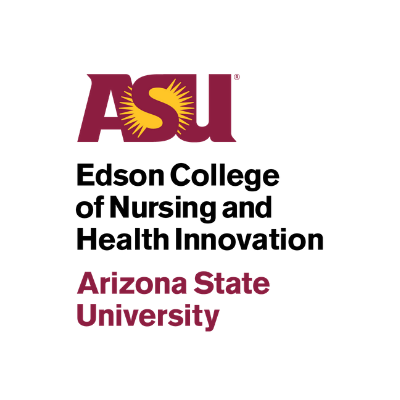
JDD Specialties provides monthly writing content to support the communication goals of the ASU Edson College of Nursing and Health Innovation.
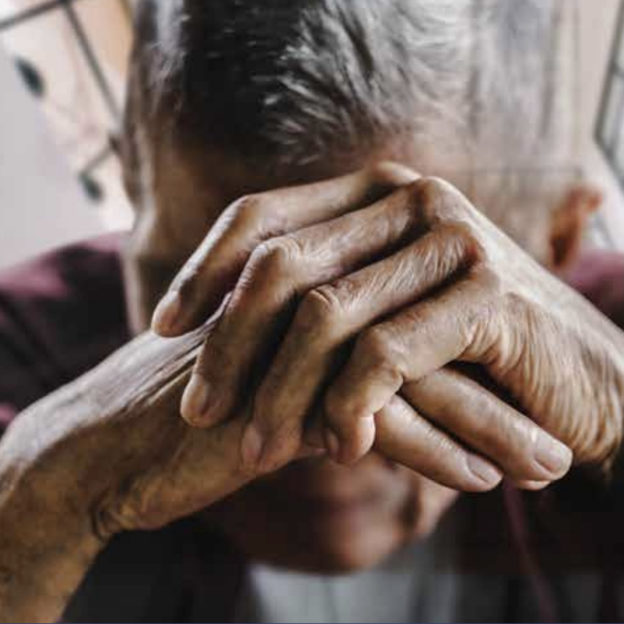

State of Black Arizona continues its push to raise awareness about rare diseases with this white paper that explores and encourages better policies and practices that reduce possibilities of misdiagnosis and address the unacceptable consequences of delayed or denied access to care.
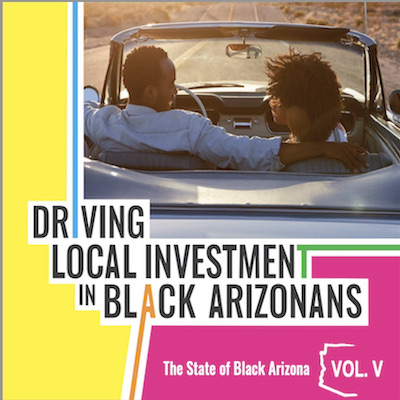
JDD Specialties provided editing, writing and consulting services to the State Black of Arizona for a series of reports released in 2021, including “Volume V: Driving Local Investment in Black Arizonans,” “Health and Well-Being of Black Girls and Women in Arizona” and the “State of Black Business.”

The ASU Thunderbird School of Global Management Knowledge Network website highlights the impressive work and expertise of faculty. Here are examples of some of the work JDD Specialties added to the website:
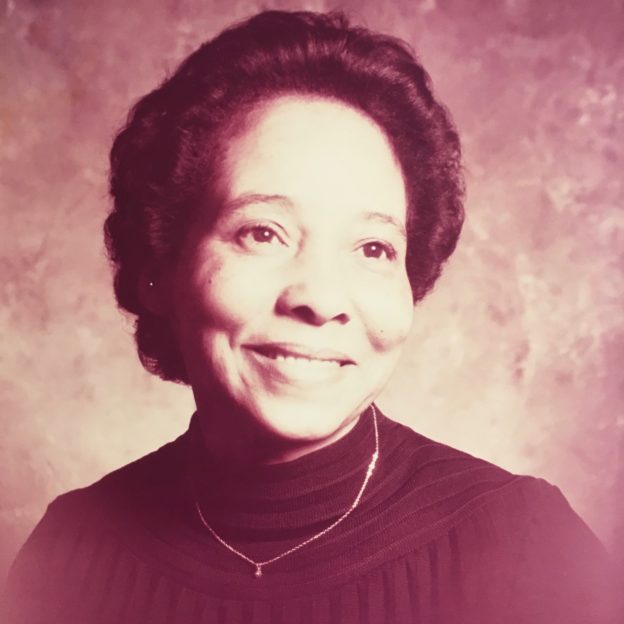
One year already since my mom died. Time has done its thing, managing to be trippy and relative at once.
How can a year have passed when I remember that day in far greater detail than I remember yesterday? And how could it be that ONLY a year has passed when I have learned and lived so much?
My dear friend, who lost her mom less than a week after I lost mine, says she has aged in the last year. It’s a physical thing for her. For me, it’s more mental and emotional. I have matured at a rate that I haven’t experienced since Dad died nearly 19 years ago. The change back then, I’ve always felt, set me up for success in middle age. If old age is in my future, I think I’m better able to handle it now. Time did that and I’m grateful.
Continue reading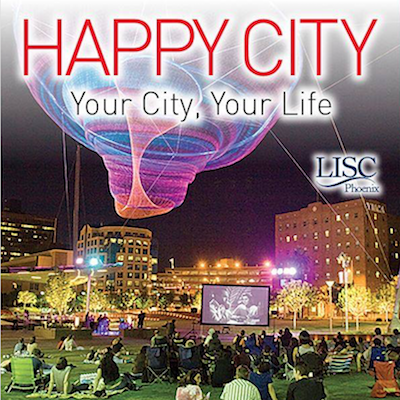
JDD Specialties has expertise writing about community development, urban design and sustainable communities. An article for LISC Phoenix that recaps “Happy City” author Charles Montgomery’s May 2017 visit to the Valley of the Sun is an example of that work.
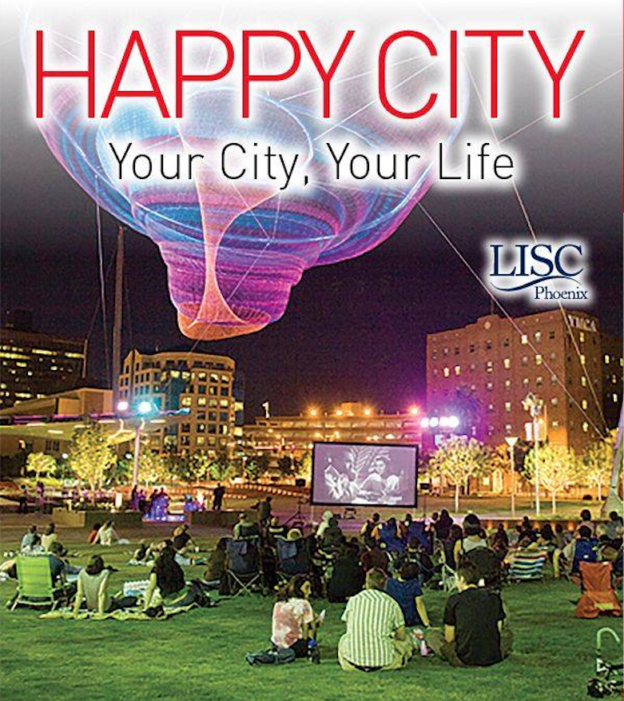
(Editor’s note: This blog is part of a LISC Phoenix monthly series, Communities on the Line.)
The Phoenix metropolitan area has a world-class freeway system and wide arterial streets laid out in a marvelous grid pattern to move people around and within a vast, car-dependent region. Residents can’t be happy.
Seriously. Neuropsychology, sociology and public health lessons about happiness tell us what we’ve done over 30 years to build communities and move cars in the region generally is at odds with creating environments for widespread personal satisfaction.
Urban design patterns throughout greater Phoenix discourage social connections vital to the desired human condition we call happiness or well-being, urbanist Charles Montgomery said during a recent visit. A growing body of scientific research tells us unhappiness invites social, health and economic miseries that stifle individual and community prosperity, he said.
“Cities really do make or break our well-being in their systems, through architecture, through public space,” Montgomery said. “They change how we feel, they change how we move and they change how we treat other people in ways most of us don’t even realize.”

A source rubbed his hand on my butt. “God, you’ve got a nice ass,” he said. I was 40-something.
That’s my contribution to the astonishing #notokay phenomenon igniting a soocial media national conversation about sexual assault.
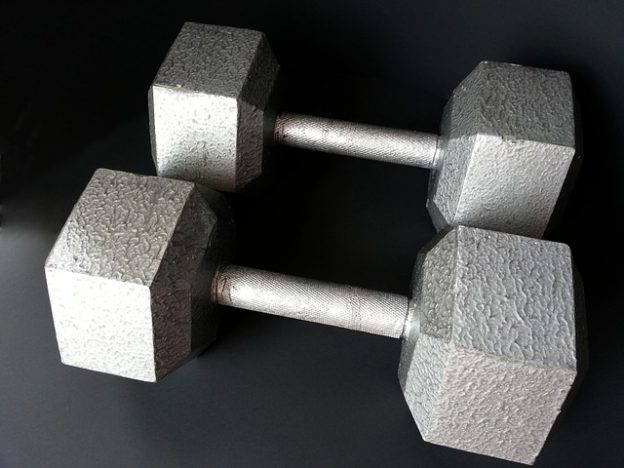
A dumbbell spoke at my morning workout at the gym.
A young personal trainer dispensed all sorts of social and business advice to his young client during warm-up on the elliptical. The trainer looks like a short, buff Ken doll. The equally buff client is, shall we say, swarthy. Dark and handsome.
Their conversation about women and business is what you might hear at a young bucks’ happy hour or the 19th hole or maybe the break room near the executive suites. Ken doll is schooling Dark-and-handsome on the dangers of having a serious relationship while trying to be a successful entrepreneur. There’s no time for the kind of commitment a girlfriend wants when you’re trying to get ahead, he said.
 I know a good photo when I see one. This is a crappy photo. Here’s why I love it:
I know a good photo when I see one. This is a crappy photo. Here’s why I love it:
There snoozes, Auggie, my hyperactive grandpup. When he’s not channeling his inner greyhound doing laps around the house, he catnaps. The space between my mom’s socked feet is his new go-to spot for some shut eye. Mom doesn’t notice because she’s napping, too, a frequent habit with the lower energy level of the last few weeks.
 Community paramedicine could revolutionize the business of healthcare delivery in Arizona. Several Arizona communities have launched fire service-based community paramedicine programs. Mesa has the largest, most developed program and is tackling thorny issues that address the viability of community paramedicine.
Community paramedicine could revolutionize the business of healthcare delivery in Arizona. Several Arizona communities have launched fire service-based community paramedicine programs. Mesa has the largest, most developed program and is tackling thorny issues that address the viability of community paramedicine.
This recent Arizona Republic article explains the billing and reimbursement issues that are key to program financial sustainability.
A Vitalyst Health Foundation policy primer, written by JDD Specialties, provides an overview of the community paramedicine component of mobile integrated healthcare in Arizona and highlights six fire-service based programs. Vitalyst will profile at least six additional community paramedicine programs this year.
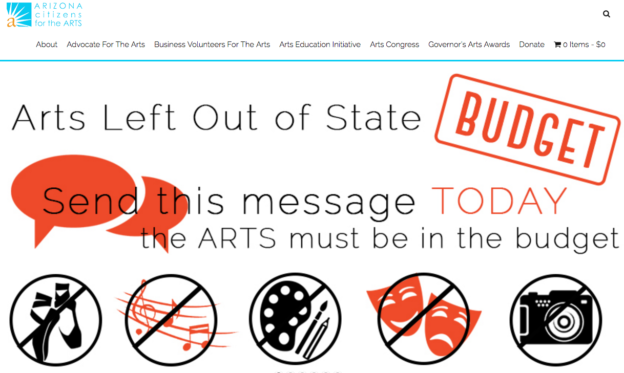
“If you’re not willing to stand up for what you care about, others will control the agenda.”
– Rusty Foley, executive director, Arizona Citizens for the Arts, in a Phoenix New Times article about the absence of arts funding in the state budget
Amen, sister.
But Rusty’s call for civic engagement applies to so much more than arts funding.
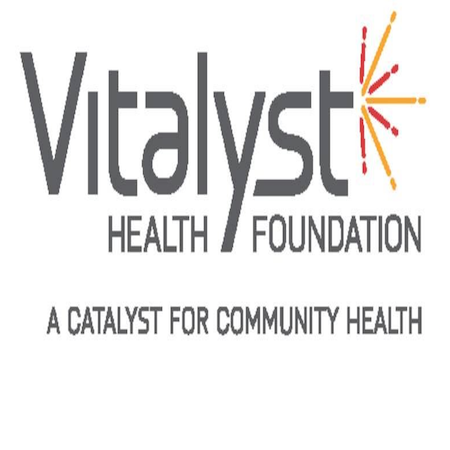
Policy primers and briefing papers produced by Vitalyst, formerly St. Luke’s Health Initiatives, contribute to public discussions about improving Arizona’s health-care infrastructure. JDD Specialties provided writing and editing services that led to publication of “Fired Up: Community Paramedicine Models Blaze a Trail for Healthcare Delivery Reform,” “Community, Health, Savings: The Power of Community Health Workers in an Evolving Healthcare System” and “Connecting the Dots: A Healthy Community Leader’s Guide to Understanding Hospital Community Benefit Requirements.”
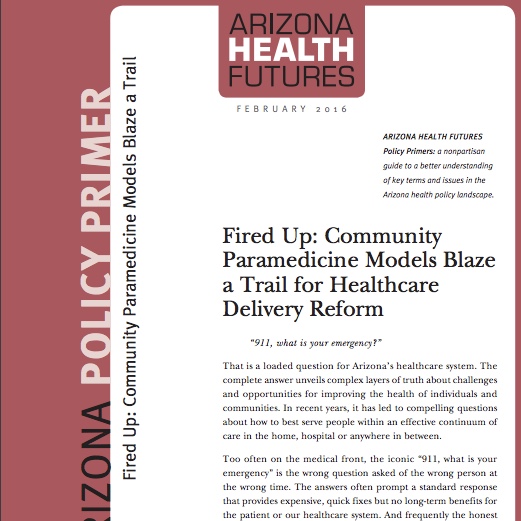
JDD Specialties applies journalism skills to help clients explain complex issues, such as this Vitalyst Health Foundation policy primer on the community paramedicine component of mobile integrated healthcare. The February 2016 report required interviews with several leaders of Arizona fire departments and districts. Additional profiles on Arizona fire-service based community paramedicine programs will be posted on the Vitalyst website.